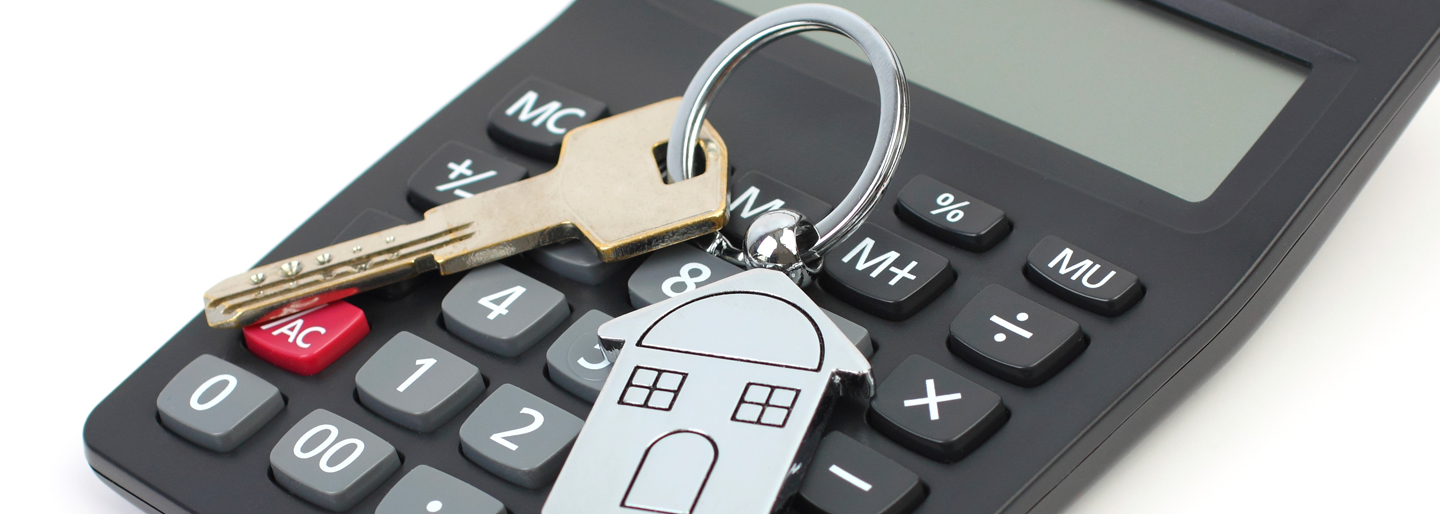
When preparing to secure a new mortgage, you probably have inquiries about your interest rates and monthly payments. It’s crucial to comprehend how to plan your budget considering these significant costs, which can be among the most substantial monthly expenses. Fortunately, you can leverage key tools and information to obtain reliable estimates. Here’s what you should know about determining your mortgage rate.
Mortgage payments are computed by dividing the principal amount by the number of months in your mortgage term and incorporating the costs of interest, property taxes, and homeowners insurance. Private mortgage insurance (PMI) may also be necessary in certain instances, particularly if your down payment is below 20%, triggering an additional cost.
Typically, mortgage payments prioritize the monthly interest amount, along with escrow account payments intended for covering property taxes and insurance. PMI is factored in early in the calculation, and principal payments are usually the final component considered in the total.
Principal payments are often the last part considered because mortgage payments aim to remain relatively consistent throughout the loan’s life. Fixed-rate mortgages, except for changes in insurance and property tax rates, maintain stability. Although these rates can fluctuate over time, keeping them steady makes it more predictable for borrowers.
For adjustable-rate mortgages, monthly payments may vary more frequently. When the adjustable rate comes into play, lenders assess the mortgage at set intervals and may adjust the interest owed based on changing economic factors.

How to Estimate Your Mortgage Rate
To estimate your mortgage interest rate, you can use current figures from lenders as a starting point. Research average mortgage rates based on recent loans and consider what lenders are presently offering. Keep in mind that lenders typically advertise their lowest rates for the most well-qualified borrowers, so if your credit is less than perfect, assume you might have a higher rate. Using the average can provide insight into what a well-qualified but not flawless borrower might secure.
How to Use a Mortgage Calculator
Utilizing a mortgage calculator is straightforward. Typically, you only need to input some basic information to get an approximate figure, such as the home’s selling price, the down payment, the mortgage duration, and the associated interest rate.
For more accurate results, including estimates for property tax, homeowners insurance, and PMI if applicable, is crucial. After providing the necessary data, the mortgage calculator handles the rest, either by clicking a “calculate” button or automatically generating results.
Best Mortgage Calculators
When seeking reliable figures, it’s crucial to focus on the best mortgage calculators. One excellent option is Zillow’s mortgage calculator, offering an estimated total monthly payment breakdown, including insurance, property taxes, and, if applicable, PMI. You can also incorporate HOA dues or use the built-in tool to get pre-qualified for a mortgage, ensuring more accurate figures. Other leading mortgage calculators include those from Forbes and Realtor.com, providing similar information. Choose the one with the features you desire and find user-friendly to secure the estimates needed for an informed buying decision.




